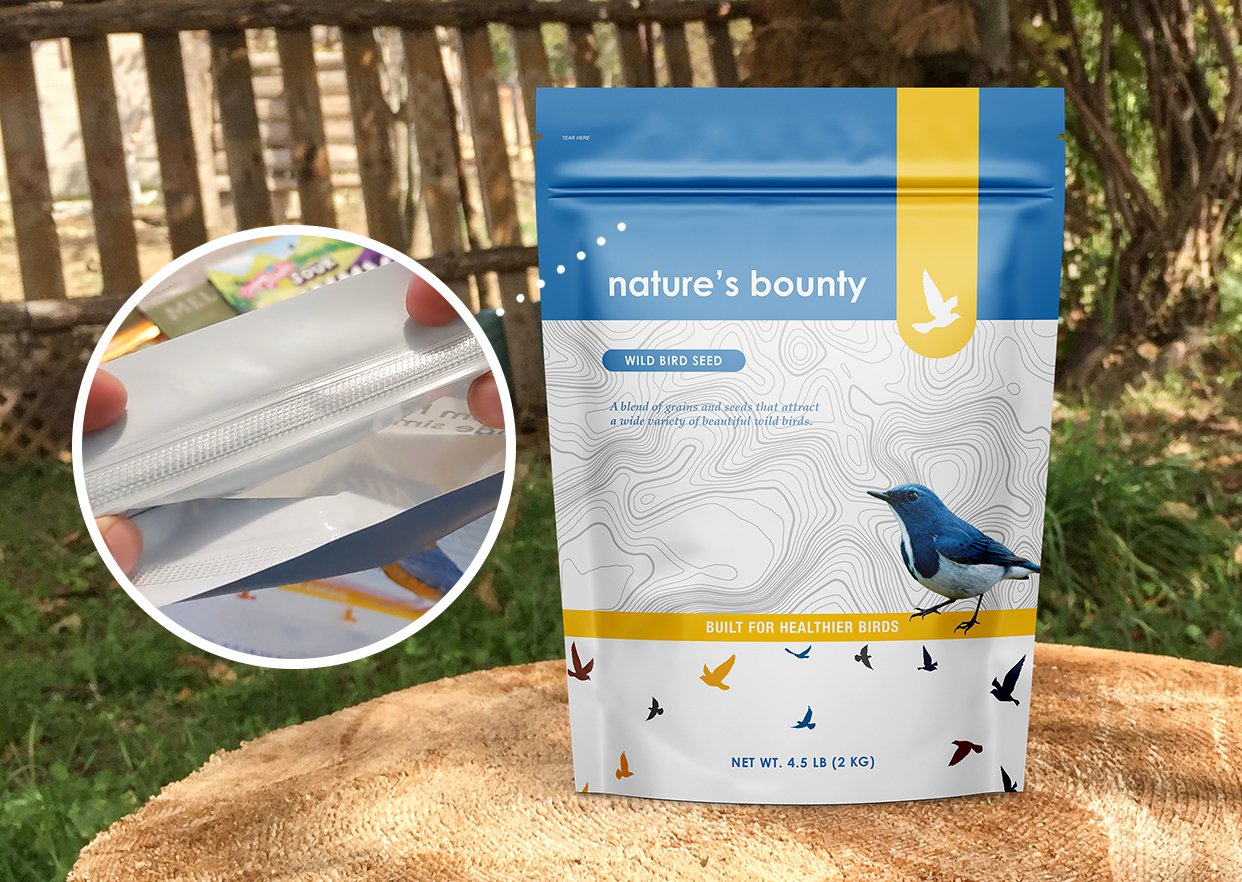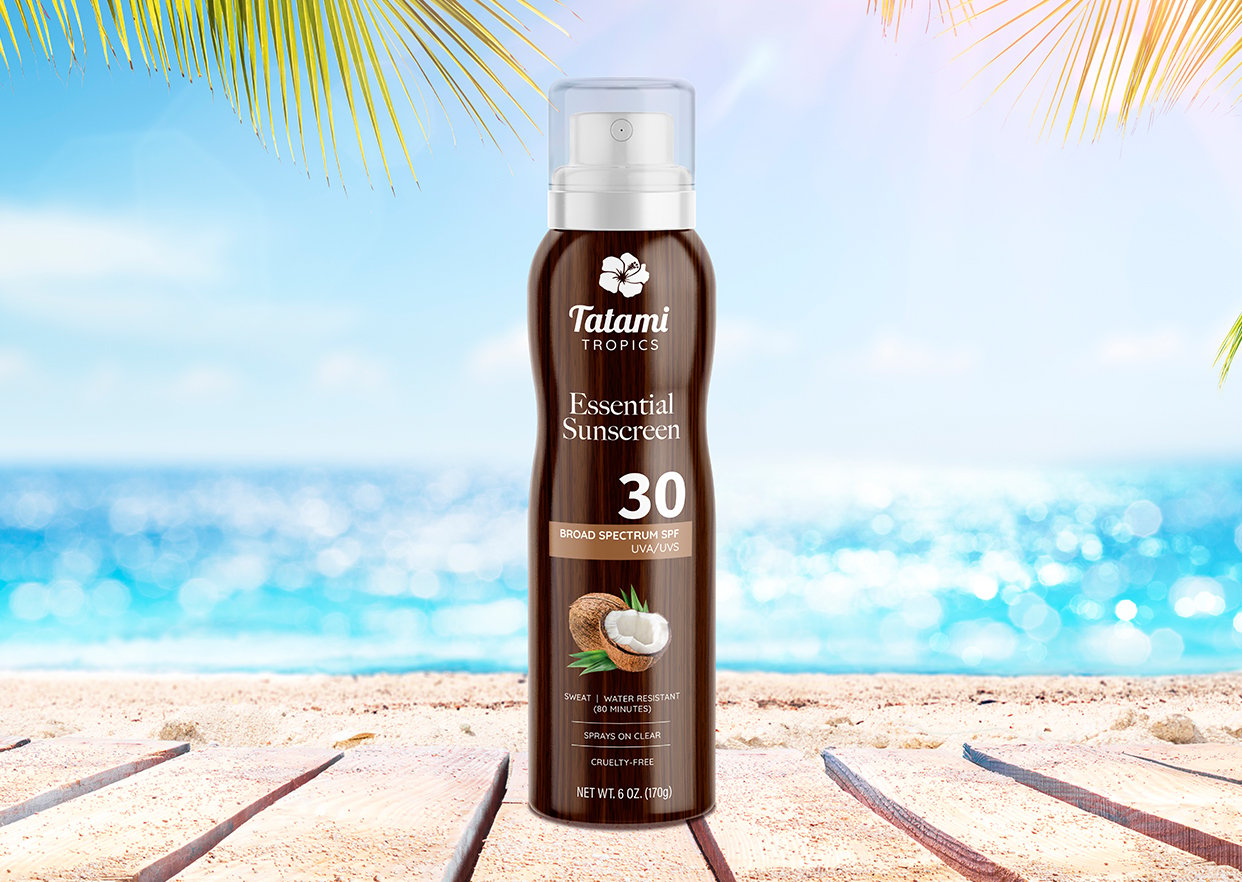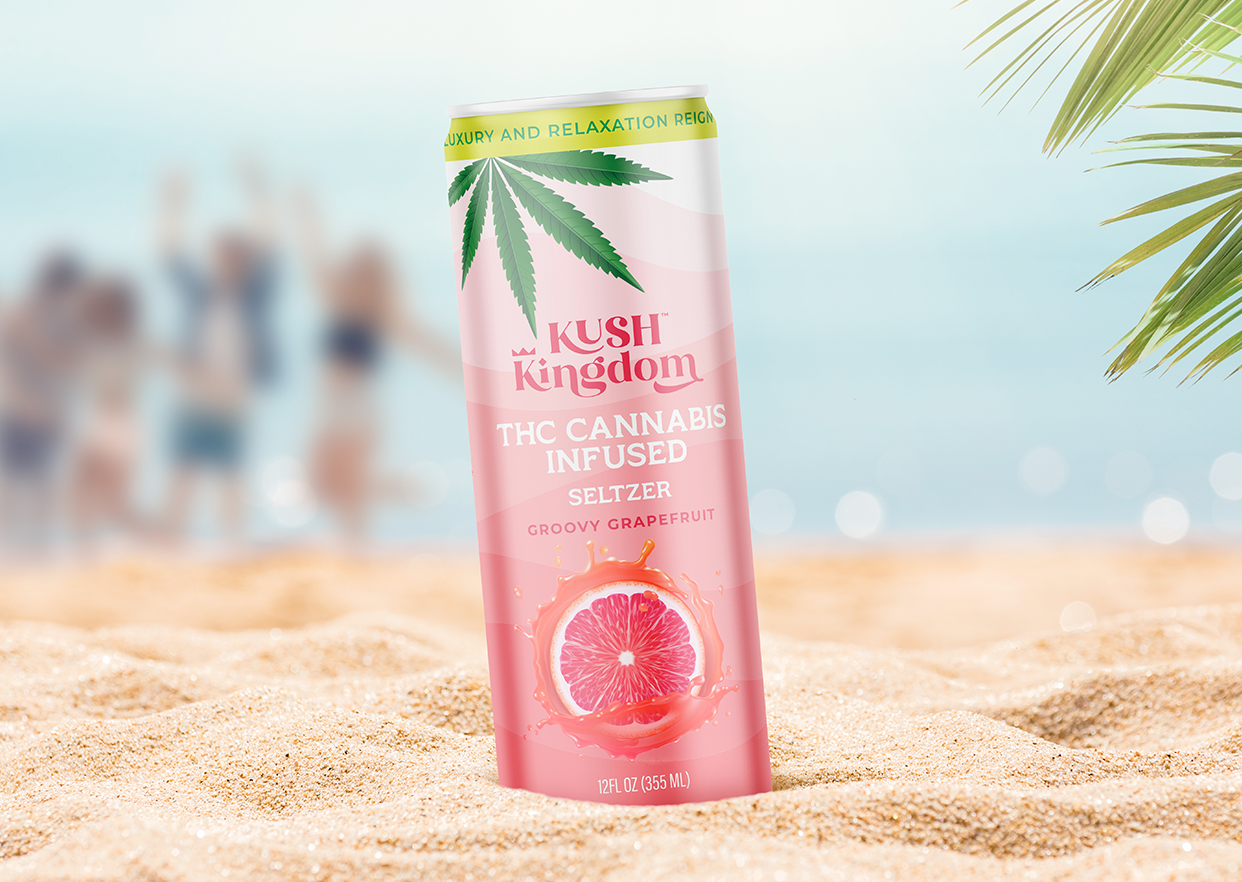Flexible packaging continues to soar in popularity among consumer packaged goods (CPG) manufacturers thanks to its many inherent advantages. The compact size, barrier properties and cost-effectiveness of flexible packaging makes it the packaging format of choice for many types of products. Meanwhile, the high product-to-package ratio means fewer resources are used to manufacture and transport the finished product, giving flexible packaging an added sustainability benefit.
Flexible packaging also comes in a wide variety of styles. Resealable lay-flat pouches and stand-up pouches are perhaps the most common styles of flexible packaging but smaller, single-serve flex pack styles are seeing rising demand as well. Stick packs and sachet packs offer another option for consumer products where portability is paramount and a resealable closure isn’t required.
This blog will compare stick pack packaging and sachet pack packaging and describe the types of applications that are best for your brand and your business.
 What is stick pack packaging?
What is stick pack packaging?
Stick pack packaging has many different names including stickpack, stick packet, stick packaging, stik pak and even stik-pak. However, no matter how you spell it or punctuate it, the concept remains the same.
Stick packs are narrow, tube-like flexible packaging pouches that are ideal for the single-serve applications craved by busy consumers on the go. Commonly used for everything from powdered drink mixes and nutritional supplements to sweeteners, condiments, probiotics and more, stick packs are extremely lightweight and easily carried in a pocket or purse. Both powders and liquids can be packaged in stick packs.
What is the ideal stick pack application?
The unique shape and structure of stick pack packaging make it better suited for certain types of applications than others. As point of a reference, Crystal Light® powdered drink mix is a classic example of stick packaging in use. Here are the key stick packaging variables to remember.
Automation only
Stick pack packaging can only be used for automated production environments. Either a co-packer partner or a stick pack packaging machine (i.e., filler) must be used to form, fill and seal the finished product.

Roll stock only
Because stick pack packaging is only suitable for automated stick pack packaging machines, it is only sold in roll stock form. There is no such thing as a pre-formed stick pack package.
Ease of sealing
Unlike most stand-up and lay-flat pouches with resealable closures, stick packs don’t have zippers. Instead, the stick pack material is simply sealed through the powder or liquid during the filling process and remains easy to open by the consumer. This accelerates the production capacity of the stick pack machine on the production line and simplifies the entire packaging process.
What is sachet pack packaging?
Sachet pack packaging has many similarities to stick pack packaging. Sachet packs are compact, lightweight, economical and offer excellent barrier properties against light, moisture and oxygen. Once again, they can be used with both powders and liquids. However, the shape and construction of a sachet pack is different from a stick pack.
Sometimes known as flat pack or flat packet packaging, sachet packs are exactly as they sound. Flat and rectangular in shape, they are created by sealing the flexible barrier film material on all four edges. These thin, flat and rectangular sachet packs are another convenient option for single-serve consumer products.
What is the ideal sachet pack application?
Emergen-C® vitamin C power is a popular example of sachet packs in the consumer packaged goods category. The unique shape and construction of sachet pack packaging means that sachet packs are a natural choice for this type of application. Below are the key things to know about sachet pack packaging.
Automated or manual filling
Unlike stick packs, sachet pack packaging is suitable for both automated package filling machines and manual filling processes.
Higher unit cost
Because sachet pack packaging requires that four edges be sealed to create the finished product — and somewhat more film material is consumed per package — the cost per unit of sachet packs tends to be higher than stick packs.
Start-up friendly
A co-packer or specialized packaging machine is not necessarily required to fill and seal the finished sachet packs, making them ideal for start-up companies and low-volume applications. A flexible packaging manufacturer can simply create pre-formed sachet packs that are sealed on three edges. These pre-formed sachet packs can then be filled and sealed manually, with or without the help of a co-packer. This low-volume flexibility also makes sachet packs a convenient option for creating sales samples, proof-of-concept product tests, and last-minute inventory for use at trade shows.

What about multi-serving applications?
While both stick packs and sachet packs are ideal for individual serving sizes, they are also readily adapted to multi-serving applications. Multiple stick packs or sachet packs can be sealed inside a traditional stand-up zippered pouch in bulk quantities. Simply tear open the outer flexible packaging container, dispense the sealed stick packs or sachet packs as needed, and zip the flex pack zipper shut until next time.
Stick packs and sachet packs for CPG brands

As a leading source of custom flexible packaging solutions, Taylor is both a stick pack and a sachet pack package printer. We offer the materials necessary to support emerging CPG brands interested in these two exciting packaging formats:
- Stick pack package printing, on roll film stock
- Sachet pack package printing, either on roll film stock or as pre-formed packets
As with our other flexible packaging products, Taylor uses a state-of-the-art digital print production process to ensure rich, vibrant colors and photo-realistic images on the finished piece. We are also a leading provider of custom label printing solutions for the CPG industry.
Looking for a stick pack or sachet pack package printer who can help bring your product to market? Contact a Taylor representative to learn more.








